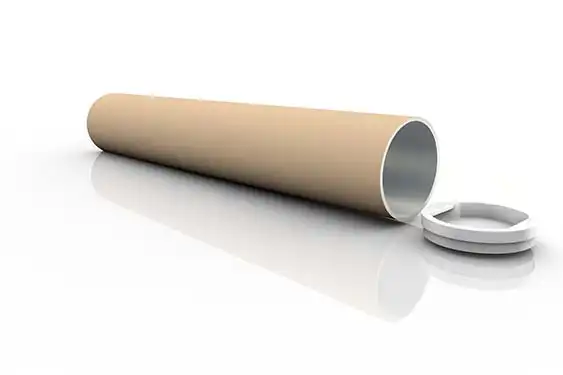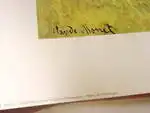About this finishing
Print. The image is printed on the top quality 10-ink HP Z9PS printer on HP matte 270 g / m2 paper. You can choose any size to an accuracy of 1 cm. A margin of 5 cm around the image is added to the size of the motif.


You can find a detailed description about our finishings
here.
Rearranged place
Date:
1940Medium:
wax paintingLocation:
private collectionDimensions:
20.6 x 29.6Description: The picture shows an abstract artwork consisting of geometric shapes, mostly in shades of grey, yellow and brown. These shapes resemble fragments of stone or glass arranged in a mosaic that has no discernible pattern. This composition can give the impression of fragmentation or a disorganised assembly of elements. The image is more textured and has a matte finish, which may be the result of a technique such as collage or spatula painting.
Keywords: #AbstractArt #GeometricShapes #Grey #Yellow #Brown #Fragmentation #Mosaic #Texture #Collage #Artwork #Spatula Painting #ModernArt #UnorganizedAssembly #MatteSurface #Composition #VisualArt #Surfaceless #Stone #Glass #ArtComposition
This description was created by artificial intelligence, please be indulgent.
Klee painted picture Rearranged place in 1940. Prevailing color of this fine art print is green and its shape is landscape. Original size is 20.6 x 29.6. This art piece is located in a private collection This image is printed on demand - you can choose material, size and finishing.
Paul Klee (1879-1940). From childhood, he was interested in both music and painting, but as is evident, finally decided on painting - his paintings are among prized artworks. In Munich, he met
Kandinsky, Franz Marc, and other artists of the then avant-garde. He met also his future wife, pianist Lily Stumpf. His work is associated with a
expressionism, cubism, and
surrealism. He was one of the four Die Blaue Vier (with Kandinsky, Feininger and Jawlensky). He taught at Bauhaus and the Düsseldorf Academy until 1933, when the Nazis declared his paintings a figment of a sick soul and with labelled his whole creation as degenerate art. Klee was extremely hardworking and after his death, he left behind 8926 works in Switzerland. Klee’s paintings are fragile, with a sensitive use of color (his colour mixing ranks among the world’s best) and frequent references to poetry, music and dreams.

